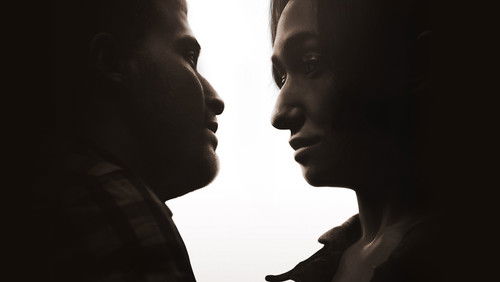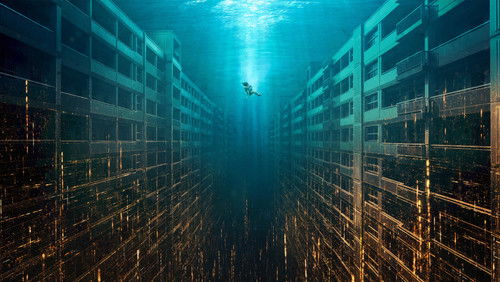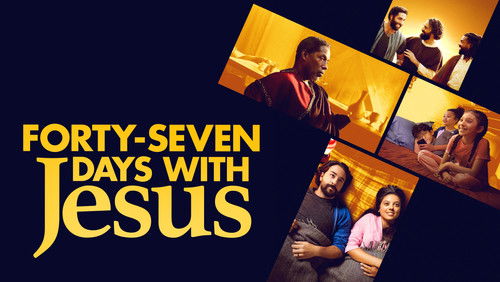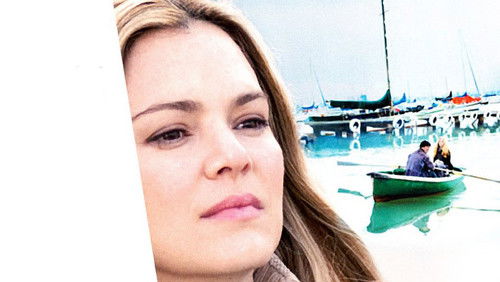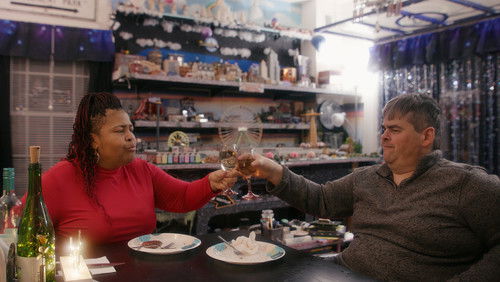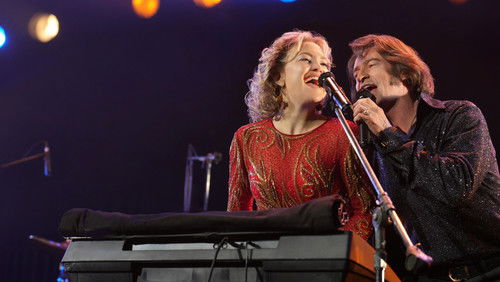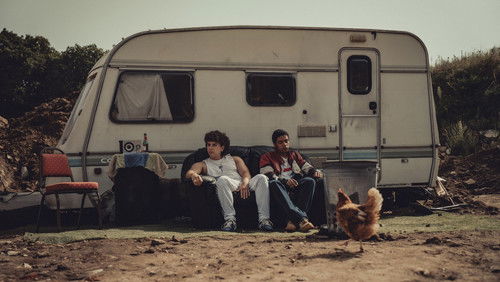Harishchandrachi Factory (2009)
49KHarishchandrachi Factory: Directed by Paresh Mokashi. With Nandu Madhav, Vibhawari Deshpande, Atharva Karve, Mohit Gokhale. In 1913 India’s cinema industry is born from Dadasaheb Phalke’s efforts to make Raja Harishchandra (1913), India’s first feature-length Bu0026W silent film.
“Last year marked the hundredth year of the Indian film industry. In these hundred years, Indian films, emerging from the Bollywood and is several sister (regional/local) u0026quot;woodsu0026quot;, have taken the masses as well as the classes on several memorable and entertaining journeys into the dreamworld. In his debut feature, writer-director, Paresh Mokashi traces the roots, nay, seeds of this thriving industry and presents the making of the very first Indian film.u003cbr/u003eu003cbr/u003eHarishchandrachi Factory is the story how Dhundiraj Govind Phalke, the pioneer regarded as the Father of Indian Cinema, happened to get this idea of making movies and how he toiled to realise this dream of making of the very first Indian full length, Black u0026amp; White, silent, feature film – Raja Harishchandra.u003cbr/u003eu003cbr/u003eThe story begins in 1911 where, after the failure of his printing business, Phalke is playing a magician/jester performing in his Mumbai chawl to make ends meet. When he happens to visit a tent theatre playing a movie – The Life of Christ, his imagination and curiosity are instantly kindled and he introduces his family to this magical experience of moving images, besides making multiple trips himself to understand the science behind that magic. His curiosity grows into an obstinate obsession as he follows his dream unflinchingly despite a brief bout of failing eyesight, he sets out to London to learn and understand this new age medium such that he could present the stories of the Indian mythology through it. On his return to India after learning the requisite skills and acquiring a motion picture camera, he embarks on his pioneering mission to make Indiau0026#39;s very first feature length silent movie – Raja Harishchandra. The rest of the movie narrates the eventful journey and the many hurdles that he faces on his ambitious mission.u003cbr/u003eu003cbr/u003ePresenting a biopic as a feature film is a challenging task as the director has to strike a fine balance in presenting the facts within a matrix of an engaging drama (as in the case of Rakeysh Omprakash Mehrau0026#39;s Bhaag Milkha Bhaag which found critical acclaim and commercial success). A singular focus on factual content would reduce the film to a drab documentary while too much focus on the drama could result in a clouded, less-than perfect image of the individual. Debutante writer-director Paresh Mokashi rises to this daunting challenge by helming this meta-movie with a very nimble hand and suffuses it with healthy doses of delectable humour. Mokashi shuns melodrama and mines humour in the most unlikely situations – be it Phalkeu0026#39;s problems in funding his venture resulting in his selling domestic assets or his search for a heroine among prostitutes (since no family woman was ready to work before camera).u003cbr/u003eu003cbr/u003eHe hits the bullu0026#39;s eye with his casting of his leads as well as the supporting cast. Nandhu Madhav nails the part of Phalke with oodles of charm, curiosity and a single-minded obsession to realise his dreams despite the multiple challenges of cynicism, superstitions and paucity of funds. Vibhavari Deshpande playing Saraswati Phalke shares a genial chemistry with him and is a perfect foil as the loving wife and pillar of strength enabling her husband to emerge as the pioneer.u003cbr/u003eu003cbr/u003eThe movie also boasts of solid technical team which includes Nitin Desai whose art design recreates the authentic feel of a bygone era while the score from Anand Modak conjures a rustic charm that permeates the entire movie, beginning with the opening credits. The cinematography by Amalendu Chaudhary is remarkable too as he has striven to capture most of the movie in the style of stationary camera position which was prevalent in the infancy of cinema.u003cbr/u003eu003cbr/u003eOverall, Harishchandrachi Factory presents a very Indian story rich with its period feel, ethnic ethos, in a simple, feel-good narrative that is engaging and universally appealing. Harishchandrachi Factory was selected as Indiau0026#39;s official entry for the Academy Award for Best Foreign Language Film in 2009 and has also received several National and Regional awards.”
